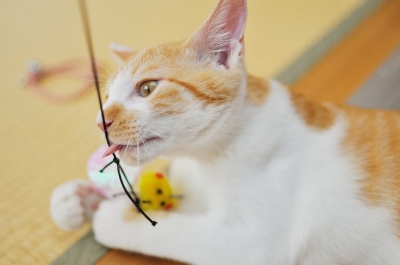At Merry Pets, we love taking dogs on hikes. It’s great to be outdoors with your pets, where their personalities shine. Not only do group hikes in small groups allow dogs to have adventures exploring, they also give dogs socialization practice and great exercise. According to the ASPCA, regular exercise gives your dog tons of benefits, including
Benefit #1: Helps them maintain a healthy weight.
Benefit #2: Keeps their bodies strong, limber and agile.
Benefit #3: Tires them out to prevent restlessness (which can lead to behavior issues).
Benefit #4: Reduces common behavior issues restless dogs experience, like chewing, hyperactivity, excessive barking, digging and more.
Benefit #5: Keeps digestive issues at bay.
Book your dog’s group hike today to give your dog exercise and keep him/her healthy.






















